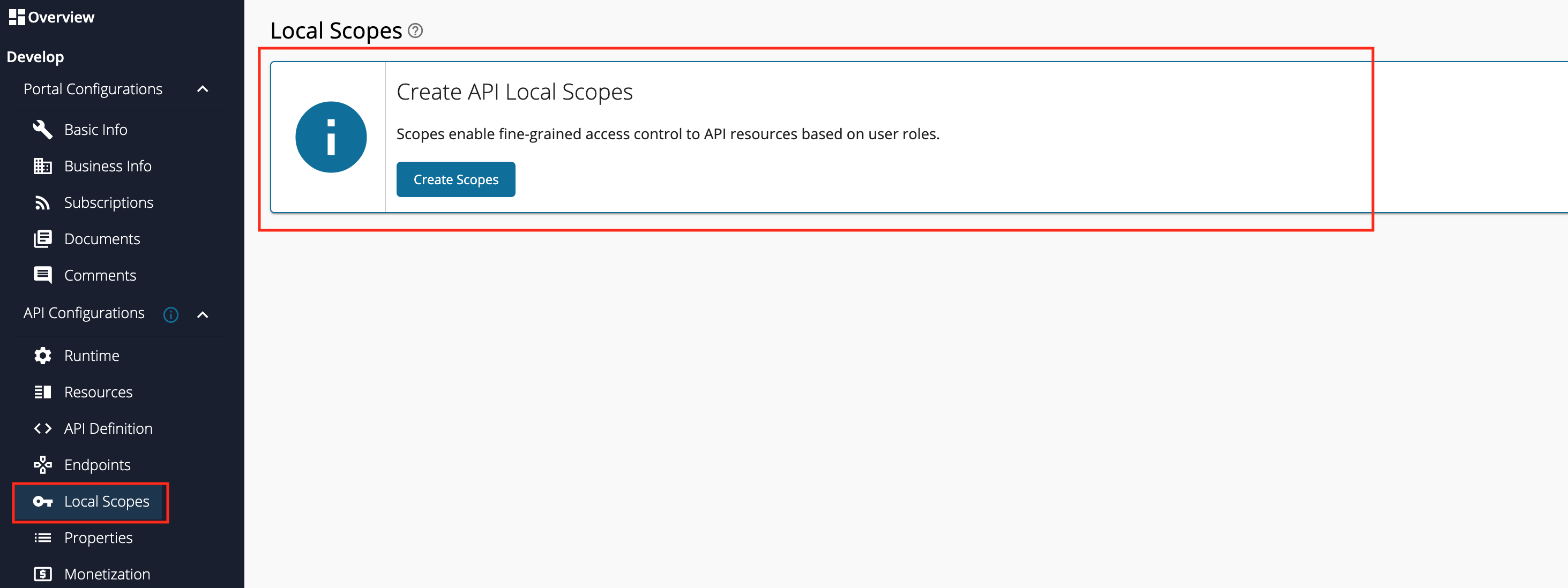
- #What is identity api scope approval ui mac how to#
- #What is identity api scope approval ui mac registration#
- #What is identity api scope approval ui mac code#
The easiest way to monitor progress on the OpenID Connect 1.0 Specification is to join the mailing list at. Click on the boxes in the diagram to view the specification.

The OpenID Connect specifications and implementer’s guides they are built upon are shown in the diagram below.
#What is identity api scope approval ui mac how to#
OpenID 2.0 to OpenID Connect Migration 1.0 – Defines how to migrate from OpenID 2.0 to OpenID Connectįinally, see the working group status page for the new work the OpenID Connect working group is engaged in.Implicit Client Implementer’s Guide – Simple subset of the Core functionality for a web-based Relying Party using the OAuth implicit flowĪ protocol migration specification has been finalized:.
#What is identity api scope approval ui mac code#

#What is identity api scope approval ui mac registration#
Dynamic Registration – (Optional) Defines how clients dynamically register with OpenID Providers.Discovery – (Optional) Defines how Clients dynamically discover information about OpenID Providers.Core – Defines the core OpenID Connect functionality: authentication built on top of OAuth 2.0 and the use of Claims to communicate information about the End-User.The OpenID Connect 1.0 specification consists of these documents: Whereas integration of OAuth 1.0a and OpenID 2.0 required an extension, in OpenID Connect, OAuth 2.0 capabilities are integrated with the protocol itself. OpenID Connect defines optional mechanisms for robust signing and encryption. OpenID Connect performs many of the same tasks as OpenID 2.0, but does so in a way that is API-friendly, and usable by native and mobile applications. How is OpenID Connect different than OpenID 2.0? See for a set of answers to Frequently Asked Questions about OpenID Connect. The specification suite is extensible, allowing participants to use optional features such as encryption of identity data, discovery of OpenID Providers, and session management, when it makes sense for them.

OpenID Connect allows clients of all types, including Web-based, mobile, and JavaScript clients, to request and receive information about authenticated sessions and end-users.

It allows Clients to verify the identity of the End-User based on the authentication performed by an Authorization Server, as well as to obtain basic profile information about the End-User in an interoperable and REST-like manner. OpenID Connect 1.0 is a simple identity layer on top of the OAuth 2.0 protocol.


 0 kommentar(er)
0 kommentar(er)
